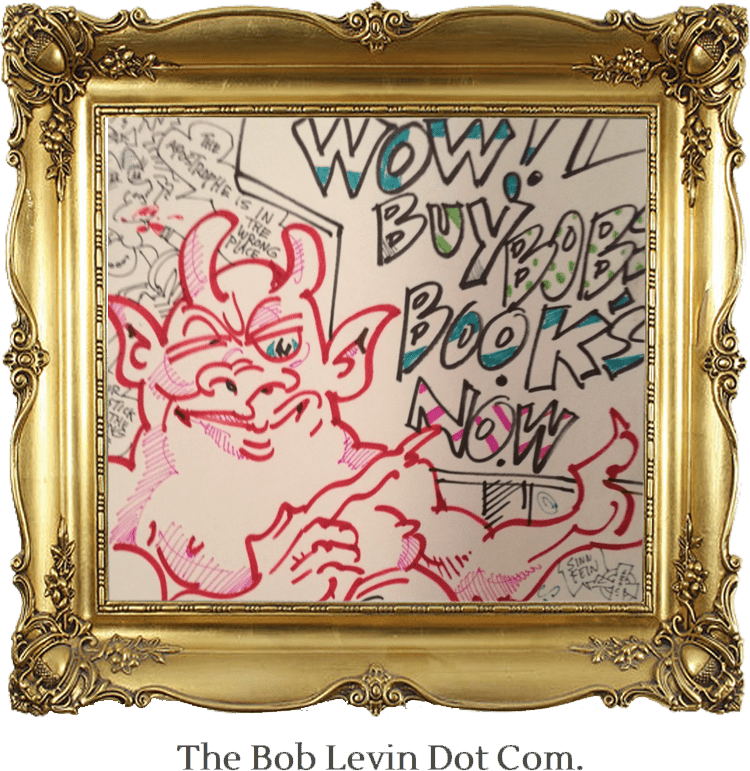Sold – in a surprising moment – a “Schiz.”
Faithful readers will recall the grey-haired fellow who told me he already had a book. (See “Adventure 130.”) Well, the other morning, he showed it to me: “A Curious History of Mathematics.” Then he asked if I knew a German poet whose work included a Goethe/Baron Von Munchausen pastiche. (I didn’t.)
Are you a mathematician or a poet? I said.
A broken-down physicist, he answered.
In truth, all three professions would have left me equally at a loss.
But a few minutes later, I noticed his wife, to whom I had never spoken, eying my two books. She had been a chemical engineer in Mexico, I learned, and in the U.S. had worked at UC. A memoir about growing up in West Philadelphia, I said. A black comedy about lawyers and doctors, I said about the other.
She picked that one up.
A half-dozen murders and kinky sex, I said. Illustrated.
I have to admit I was trying to steer her elsewhere.
What, after all, are people going to think about me?
In other news…
Of the 40 or so recipients of my high school class newsletter, two have ordered copies of “I Will Keep You Alive.” The over/under had been five.
Meanwhile, the manuscript has reached the printer’s. The professionals have been trying to rein in the mania driving me to promote/directly sell the book now. Respect the interests of the distributor’s sales reps and book stores, they say.
The release date is April 1. Review copies will go out before. (So, shortly before, will my solicitations to those on my mailing list and at FB.) There will be a launch party at a North Berkeley café. (But for more information about the book now, Google “Bob Adele Levin Keep You Alive.” You will find some in English and some in either Korean or Japanese. All say it is larger than it actually is.)
In an effort to absorb/deflect my energies, I’ve started revisions on my projected next book. The title (its fourth) is now “Messiahs, Mysteries, Misfits, & Misanthropes: True Tales of Conflict and Creativity.” It’s a new collection of my comics/cartoonist related writings. (The initial debate there was whether to deliver one 450-page book or two 225-page ones. It looks like we’ve compromised on one 325-pager.)
And if that doesn’t work, I may have my medications tweaked.
